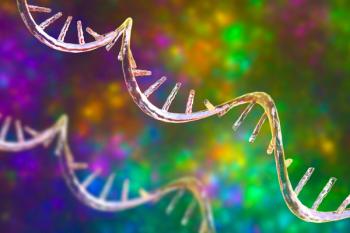
Bristol-Myers Squibb, Draper to Develop Liver Tissue Model
The companies will work to develop a liver tissue model for screening the toxicity of drugs.
Draper, an engineering innovation company, announced a tissue model development agreement with Bristol-Myers Squibb (BMS) on June 27, 2019. The companies will work to develop a liver tissue model for screening the toxicity of drugs.
Draper will use its Human Organ Systems (HOS) platform, a microenvironment that can sustain human tissue organ models for several weeks of automated testing, to produce a liver model for BMS to perform toxicity testing. The engineering company plans to compile 96 independent single organ models in a version of the HOS platform called Predict-96.
“The aim of our HOS microenvironment is to recapitulate human tissues, allowing researchers to measure tissue function more accurately and more quickly than in traditional preclinical models,” said Joseph L. Charest, the head of HOS and in-vitro model systems at Draper in the press statement.
Described as “organ-on-chip technology,” Predict-96 has 192 microfluidic pumps that intricately control flow so drugs can be tested simultaneously, according to Draper. The platform is also equipped with electrical sensors to collect in-vitro data in real time, and a 96-well design that can be integrated into lab automation and screening tools.
Currently, Predict-96 is being used by Draper to develop and validate individual tissue models of gut, intestine, lung, liver, vasculature, kidney, blood-brain barrier, tumor, and gingival tissue and to evaluate immune-oncology approaches.
Source:
Newsletter
Stay at the forefront of biopharmaceutical innovation—subscribe to BioPharm International for expert insights on drug development, manufacturing, compliance, and more.




